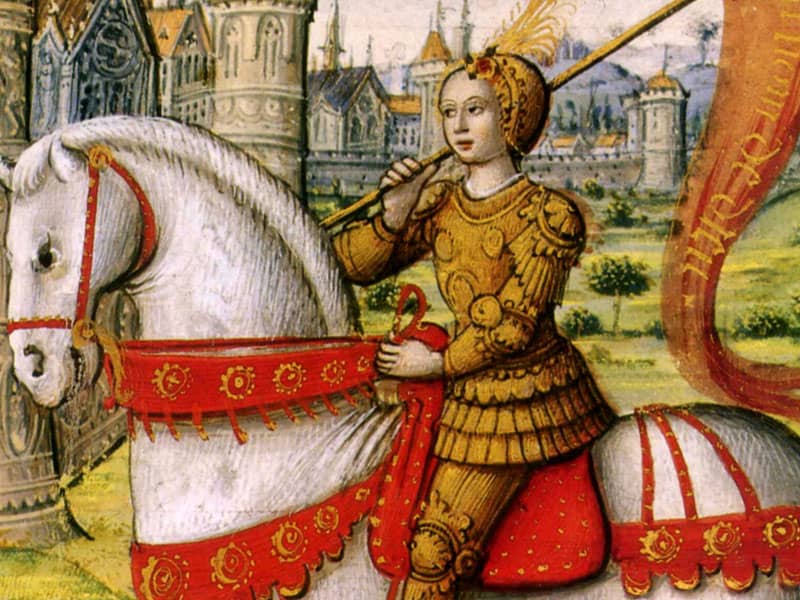It was the Countess de Gondi (whose servant he had helped) who persuaded her husband to endow and support a group of able and zealous missionaries who would work among the poor, the vassals and tenants and the country people in general. Vincent was too humble to accept leadership at first, but after working for some time in Paris among imprisoned galley-slaves, he returned to be the leader of what is now known as the Congregation of the Mission, or the Vincentians. These priests, with vows of poverty, chastity, obedience and stability, were to devote themselves entirely to the people in smaller towns and villages.
Later Vincent established confraternities of charity for the spiritual and physical relief of the poor and sick of each parish. From these, with the help of St. Louise de Marillac, came the Daughters of Charity, "whose convent is the sickroom, whose chapel is the parish church, whose cloister is the streets of the city." He organized the rich women of Paris to collect funds for his missionary projects, founded several hospitals, collected relief funds for the victims of war and ransomed over 1,200 galley slaves from North Africa. He was zealous in conducting retreats for clergy at a time when there was great laxity, abuse and ignorance among them. He was a pioneer in clerical training and was instrumental in establishing seminaries.
Most remarkably, Vincent was by temperament a very irascible person—even his friends admitted it. He said that except for the grace of God he would have been "hard and repulsive, rough and cross." But he became a tender and affectionate man, very sensitive to the needs of others.
Pope Leo XIII made him the patron of all charitable societies. Outstanding among these, of course, is the Society of St. Vincent de Paul, founded in 1833 by his admirer Blessed Frederic Ozanam.

